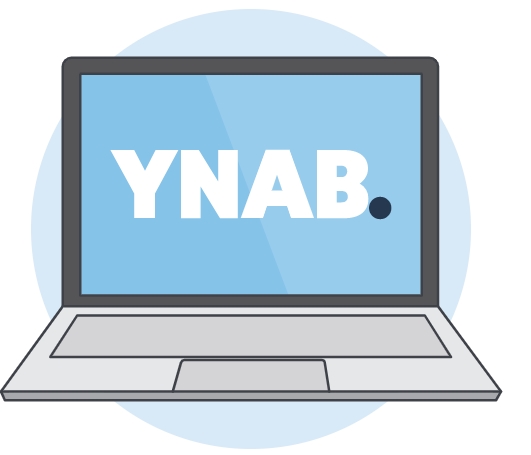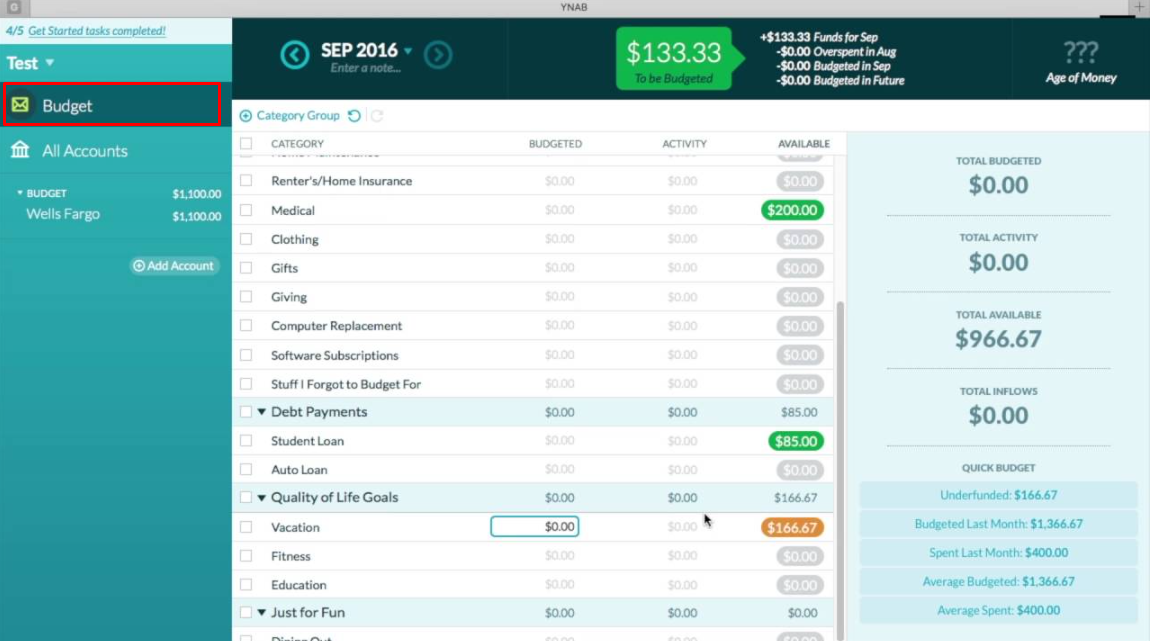How to Create an Effective Family Budget

Financial organization is essential to guarantee your well-being. And learning how to make a family budget is part of that.
Therefore, it is ideal to know some strategies and learn to align practices with your family members. All of this will help you achieve a series of goals.
Take the opportunity to discover more about the subject with the complete content below. Good reading!
Anúncios

What Is a Family Budget?
A family budget is a financial roadmap that plays a pivotal role in managing a household’s finances.
It is not just a set of numbers; rather, it serves as a strategic plan that empowers you to make informed and conscious financial decisions.
Anúncios
When it comes to a family setting, creating a family budget becomes even more crucial. Think of a family budget as the compass that guides your financial journey.
It helps you allocate your income thoughtfully, ensuring that you not only meet your immediate financial obligations but also make progress toward your long-term financial aspirations.
In essence, a family budget empowers you to balance the demands of daily life with the pursuit of your family’s financial goals.
One of the fundamental aspects of a family budget is its ability to provide a structured framework for managing income and expenses.
It ensures that every dollar is accounted for, eliminating the uncertainty of where your money is going and why.
This clarity and control over your finances contribute significantly to reducing financial stress and building a secure financial future for your family.
Why Should You Have a Family Budget?
The importance of having a family budget cannot be overstated. Here are several compelling reasons why every family should create and maintain a budget:
A family budget serves as a powerful tool for gaining control over your finances. It allows you to track your income and expenses meticulously, preventing overspending and helping you live within your means.
By having a clear picture of your financial situation, you can avoid accumulating debt and financial stress.
But one of the primary purposes of a family budget is to help you achieve your financial goals.
Whether you’re saving for a down payment on a home, funding your children’s education, or planning for a dream vacation, a budget enables you to allocate resources toward your objectives systematically.
A family budget provides the data and insights you need to make informed financial decisions.
It allows you to evaluate whether you can afford significant expenses, such as purchasing a new car or making home improvements, without jeopardizing your financial stability.
Involving your entire family in the budgeting process is an excellent way to impart financial education from an early age.
By engaging your children in discussions about money, income, and expenses, you equip them with essential financial skills and knowledge that will benefit them throughout their lives.
By now, it should be evident that a family budget is not merely a financial tool but a comprehensive strategy for achieving financial security, realizing your aspirations, and nurturing financial responsibility in your household.
How to Create Your Family Budget
There are some strategies you can follow to create your family budget. Check out!
1. List Family Income
The first step in crafting a family budget is to compile a comprehensive list of all sources of family income.
This includes regular salaries, wages, rental income, investment income, and any other consistent sources of financial inflow into your household.
By summing up all these income streams, you’ll have a clear understanding of the total funds available to your family each month.
2. Record All Expenses
Creating a comprehensive budget necessitates the meticulous recording of all family expenses. It’s essential to account for both fixed and variable expenses.
Fixed expenses consist of recurring costs like rent or mortgage payments, insurance premiums, and debt repayments.
In contrast, variable expenses encompass items such as groceries, transportation costs, entertainment expenditures, and healthcare expenses.
Collectively, these recorded expenses provide an accurate portrayal of your family’s monthly financial commitments.

3. Use a Budgeting Method
Various budgeting approaches are available, allowing you to tailor your family budget to suit your specific needs and financial priorities.
A widely adopted method is the “50-30-20 method.”
According to this framework, 50% of your income is allocated to essential needs, 30% to discretionary spending, and 20% to savings and investments.
However, it’s crucial to customize these percentages based on your family’s unique circumstances and financial goals.
4. Identify Needs and Wants
During the expense recording process, it’s imperative to distinguish between needs and wants.
Needs represent essential expenses that are critical for maintaining your family’s standard of living, such as housing, utilities, and food.
Wants, on the other hand, encompass discretionary spending on non-essential items or luxuries, such as dining out at restaurants or spontaneous shopping sprees.
This differentiation serves as a valuable tool for prioritizing expenditures, curbing financial waste, and ensuring that your family’s essential needs are consistently met.
5. Set Financial Goals
A family budget transcends mere expense tracking; it also serves as a platform for setting and pursuing financial goals.
Engage your family members in a discussion about your collective financial objectives.
These goals could range from building an emergency fund, saving for a family vacation, paying off high-interest debts, or investing for long-term financial security.
Clearly defining these financial aspirations helps maintain motivation and commitment to your budgeting efforts.
6. Maintain Open Communication with the Family
Effective communication within your family is essential throughout the budgeting process.
Involving all family members ensures alignment with financial goals and encourages collective responsibility for your budget’s success.
Regular family meetings to review budget progress and discuss potential adjustments foster a sense of ownership and transparency regarding your financial affairs.
7. Decide Saving Strategies
Once you’ve determined the amount to be saved each month, it’s crucial to establish a strategy for allocating those savings effectively.
You can opt to open a dedicated savings account, explore investment opportunities like mutual funds or stocks, or utilize other financial instruments that align with your family’s financial objectives.
The key is to ensure that your savings strategy is consistent with your long-term goals.
8. Track Your Goals
A family budget is a dynamic document that requires ongoing attention and maintenance.
Regularly monitoring your financial goals and reviewing your budget enables you to adapt to changing circumstances and unexpected financial challenges.
Should unforeseen expenses arise, your budget serves as a structured framework for making informed decisions while keeping your family’s financial well-being intact.
The creation and maintenance of an effective family budget are paramount to securing your family’s financial well-being.
It transcends mere expense tracking and serves as a powerful tool for achieving financial goals, preventing financial stress, and imparting essential financial education to your loved ones.
Remember that a family budget is more than just numbers on a page; it’s a dynamic strategy for safeguarding your family’s financial stability and nurturing financial responsibility.
By diligently following these steps and fostering strong financial discipline, you are on the path to a more secure and prosperous financial future for your family.





